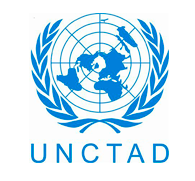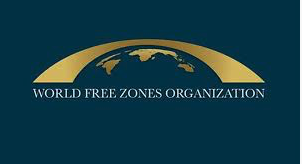
Special Economic Zones among the paucity of realistic interventions
1 minuto Amongst a plethora of potential economic recovery strategies and a paucity of realistic interventions is the phenomenon of Special Economic Zones (SEZs). Special Economic Zones are geographically delimited areas wherein governments facilitate industrial activity through fiscal and regulatory incentives and infrastructure support. SEZs can make important contributions to growth and development by attracting investment, creating jobs and boosting exports. Special Economic Zones can build forward and backward linkages within the broader economy and support global value chain (GVC) participation, industrial upgrading and Continue lendo→




